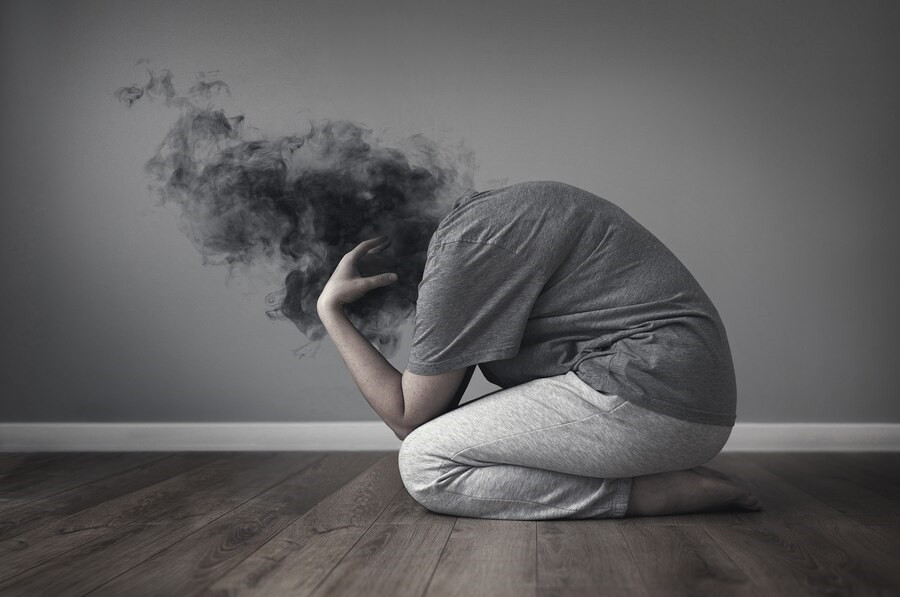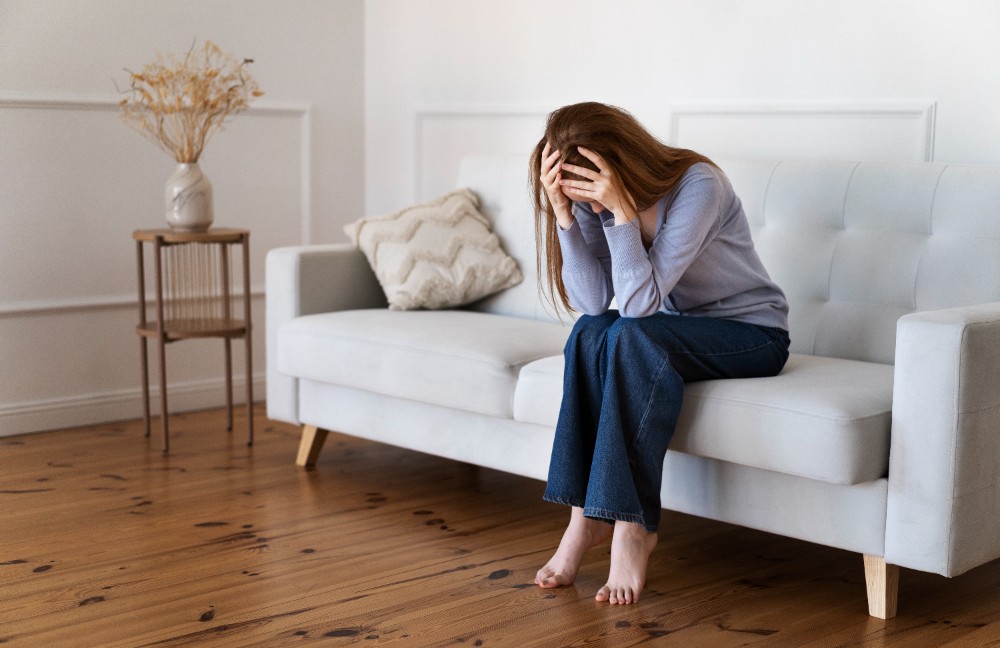Fear is a natural human response. It helps us stay alert to dangers and prepares us to face them. However, many people confuse fear with phobia, even though they have different causes and require different treatments. How can we differentiate between fear and phobia? Check out the following reviews.
Differences between fear and phobia
At first glance, fear and phobia may seem similar. While fear can lead to avoidance of certain triggers, phobia involves an excessive and irrational fear. Here are the key differences:
Fear
Fear is a natural emotional reaction when you perceive a real and immediate threat. For example, you might feel afraid during a thunderstorm because you worry about potential harm or damage. This fear is logical and helps you prepare, like seeking shelter and gathering emergency supplies. Once the storm passes, your fear usually fades away.
With normal fear, you can control your emotions and take steps to deal with visible dangers. This type of fear is temporary and diminishes once the threat is gone.
Phobia
Phobia occurs when you experience overwhelming anxiety that far exceeds the actual threat level. For someone with a phobia, even thinking about the feared object or situation can trigger sudden, intense anxiety.
Unlike normal fear, which is a natural response, phobia is classified as an anxiety disorder. Individuals with phobias often recognize their fear is excessive but feel unable to control it.
Phobias can be categorized into two main types:
- Specific phobia: An irrational fear of specific objects, such as a fear of the dark, blood, confined spaces, balloons, or clowns.
- Complex phobia: An excessive fear of certain situations, such as social settings (social phobia) or open spaces (agoraphobia).
People with phobias may experience a range of symptoms when confronted with their fears, including:
- Sweating
- Trembling
- Nausea and vomiting
- Urgent need to urinate or defecate
- Chest pain
- Difficulty breathing
- Rapid heartbeat
- Dizziness
- Panic attacks
Managing fear and phobia
Normal fear typically does not require special treatment, as it subsides once the cause is resolved. However, phobias often require specialized therapy that may take time.
Here are some common treatments for phobia:
Cognitive behavioral therapy (CBT)
CBT is the primary treatment for phobias. It helps you understand how your thoughts and feelings influence your actions when facing fear.
Exposure therapy
In exposure therapy, a therapist gradually and repeatedly exposes you to the feared object or situation. You’ll learn coping strategies, including relaxation techniques until your fear response diminishes or disappears.
Medications
While medications are not commonly prescribed for phobias, doctors may recommend them if you experience anxiety disorders. Possible medications include antidepressants or sleep aids.
It is important to note that fear and phobia are not the same, and they require different approaches for management. If you experience symptoms of a phobia, it is advisable to consult a psychologist or psychiatrist. You can also make use of the consultation features that are available in the Ai Care application by downloading the Ai Care application from the App Store or Play Store.
Looking for more information about other diseases? Click here!
- dr Nadia Opmalina
Vergnaud, S. (2021). What’s the Difference Between a Fear vs. a Phobia?. Available from: https://www.goodrx.com/health-topic/mental-health/fear-vs-phobia
Fritscher, L. (2024). Fear vs. Phobia: What's the Difference?. Available from: https://www.verywellmind.com/fear-or-phobia-2671982
Fritscher, L. (2024). Specific Phobia DSM-5 Diagnostic Criteria. Available from: https://www.verywellmind.com/diagnosing-a-specific-phobia-2671981
Hatfield, H. The Fear Factor: Phobias. Available from: https://www.webmd.com/anxiety-panic/features/fear-factor-phobias












